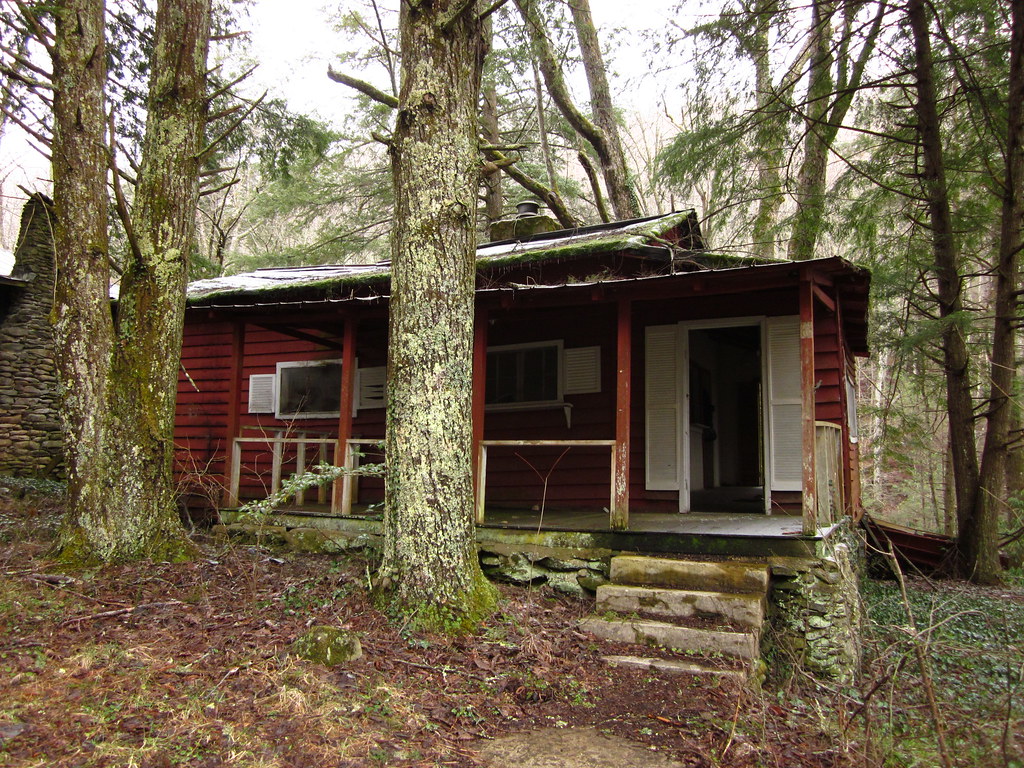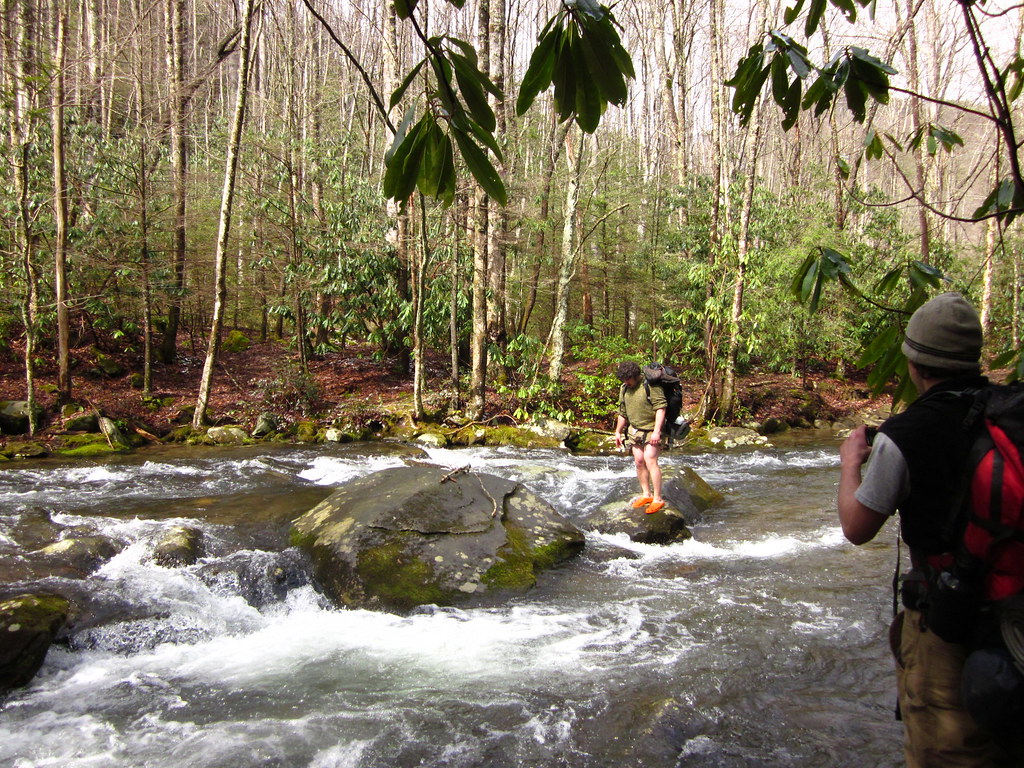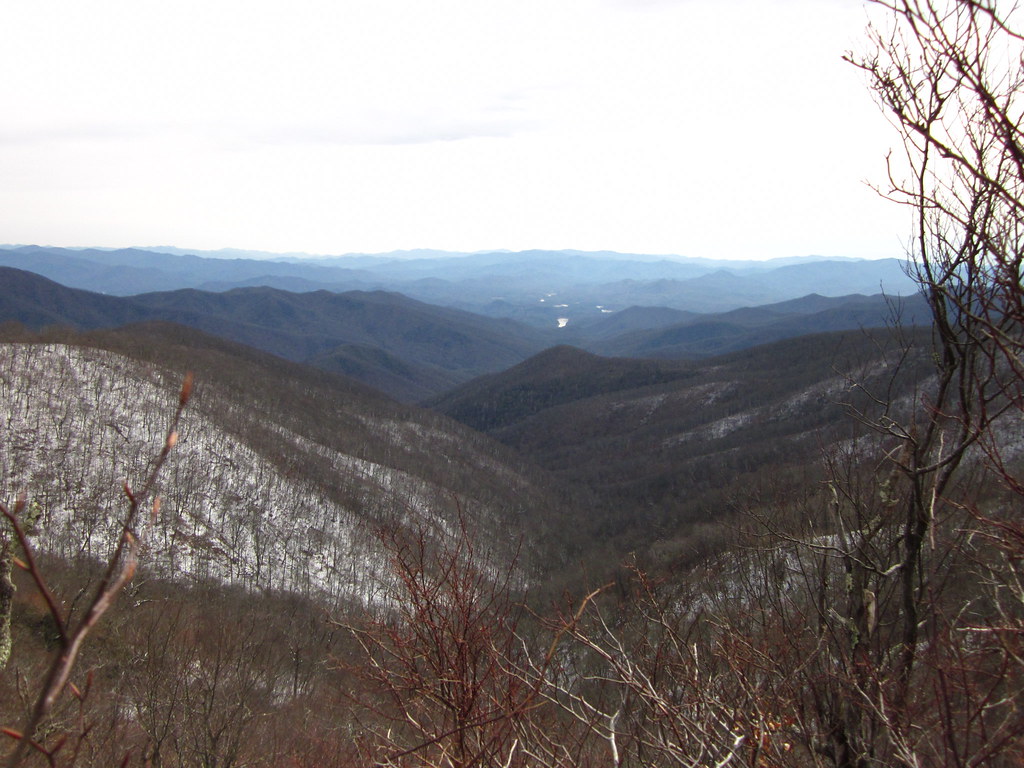This spring I took an archeology class and I learned that many early North American cultures interplanted corn, beans and squash in a system known as the "three sisters." The corn provides storable carbohydrates and a structure for the beans to climb, the beans are nitrogen fixing and supplement protein, and the squash provides weed control by covering the ground. I thought this was pretty cool and decided I wanted to give it a shot, this was the real motivating factor behind getting this garden built. I don't expect tremendous yields, I guess it's more an experiment than anything, but we'll see.
I had mentioned that I've never tried to grow any vegetables before so I'm trying to eliminate as many factors that might lead to failure as I can, one of these factors being the acidity or basicity of the soil, otherwise known as pH. I went out and bought a DIY tester for something like $6 at the local garden supply store, and my lovely assistant/photographer took some pictures of the process.
The first thing you want to do is gather a soil sample, and fill the testing device to the soil fill line.
Then take one of the supplied capsules, crack it open, and put it's contents in with the soil.
Next add water, give it a shake, and wait until soil and particulates settle to the bottom.
Compare the color of the solution with the color chart on the testing device. Usually the desired pH range is slightly acidic, depending on what you trying to grow, there's charts available.
As you can see, my soil is right around 6.0, and I'm going with it.
It's recommended that you take samples from various spots in the garden.



















